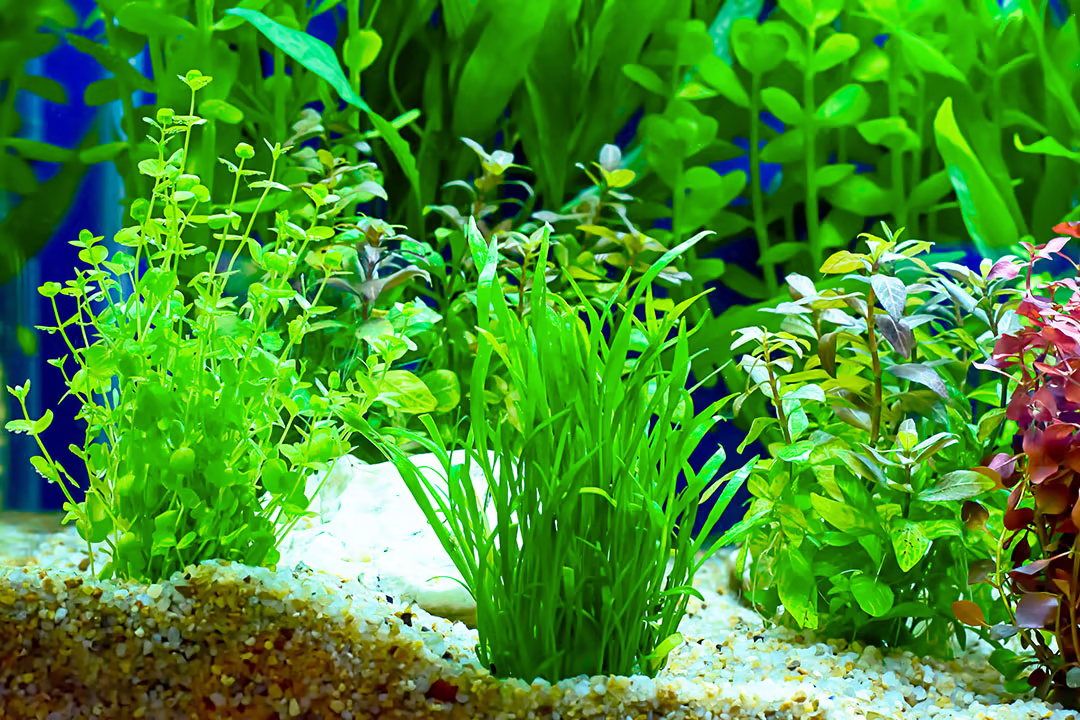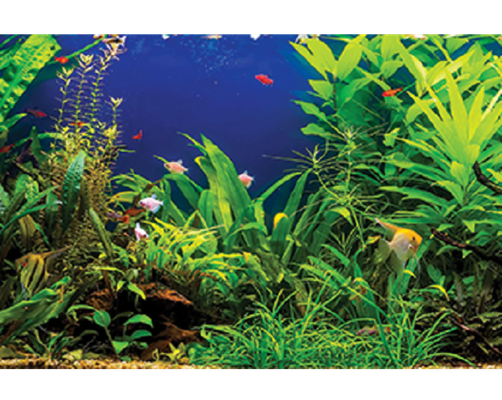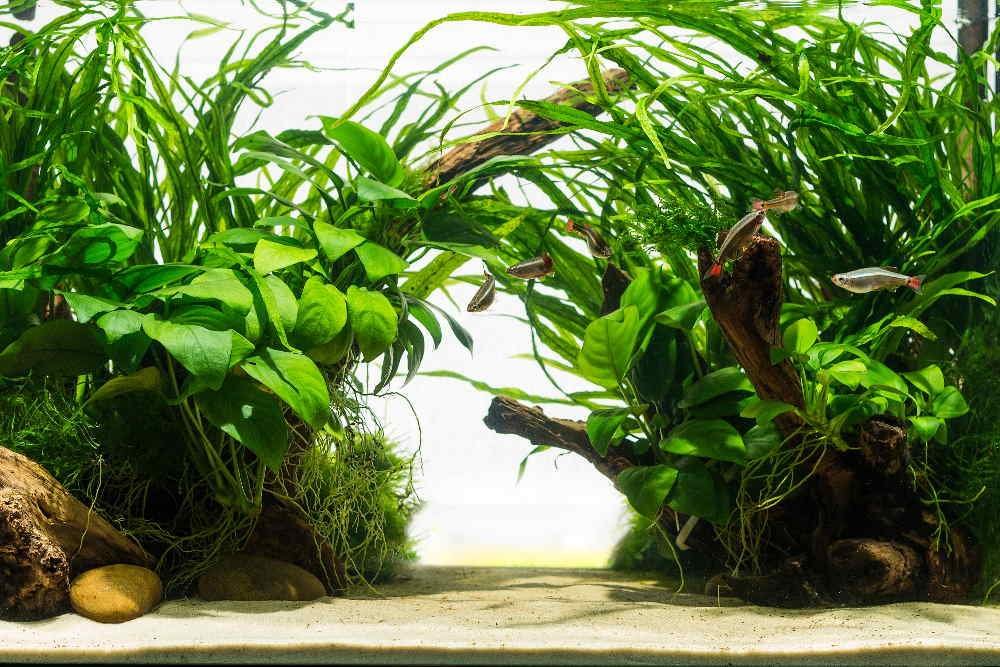Caring for aquarium plants is essential for a healthy tank. Proper care ensures vibrant growth and a balanced ecosystem.
Aquarium plants do more than just beautify your tank. They provide oxygen, remove toxins, and create a natural habitat for fish. For beginners, caring for these plants might seem challenging. But with the right guidance, it becomes simple. Understanding the needs of your plants is crucial.
They require proper lighting, nutrients, and regular maintenance. Neglecting these can lead to poor plant health and affect the entire tank. In this guide, we will explore all the steps to ensure your aquarium plants thrive. From selecting the right plants to maintaining them, we’ve got you covered. Dive in and learn how to create a lush underwater garden.
Choosing The Right Plants
Choosing the right plants for your aquarium is crucial for a thriving aquatic environment. The right plants provide shelter, oxygen, and aesthetic appeal. Whether you are a beginner or a seasoned aquarist, selecting the appropriate plants can make a significant difference in your aquarium’s health and beauty.
Beginner-friendly Options
Starting with easy-to-care-for plants is a wise choice for beginners. These plants require minimal maintenance and adapt well to various water conditions. Java Moss is a popular choice. It grows well in low light and does not need special substrates.
Another excellent option is Anubias. This plant thrives in low light and can be attached to rocks or driftwood. Anubias grows slowly and requires little attention.
Consider adding Hornwort to your tank. This fast-growing plant floats and helps control algae. Hornwort absorbs excess nutrients, making your tank cleaner.
Advanced Plant Choices
For experienced aquarists, advanced plants offer more challenge and reward. These plants need specific conditions and regular care. Amazon Sword is one such plant. It needs nutrient-rich substrates and moderate to high light.
Another advanced choice is Dwarf Baby Tears. This plant forms a lush carpet at the bottom of the tank. It requires high light and CO2 injection for optimal growth.
Consider adding Rotala. This plant comes in various colors and needs regular trimming. Rotala thrives in high light and CO2-enriched water, adding vibrant hues to your aquarium.
Setting Up The Aquarium
Setting up your aquarium correctly is crucial for the health of your plants. A well-prepared aquarium will help your plants thrive. Here are some key points to consider.
Substrate Selection
The substrate is the base layer where plants grow. Choosing the right substrate is essential. It provides nutrients and anchors the plants.
- Gravel: Good for larger plants. Allows roots to spread.
- Sand: Suitable for delicate plants. Offers a smooth base.
- Aquatic Soil: Rich in nutrients. Promotes healthy growth.
Consider mixing different substrates. This provides a balanced environment for all plants.
Lighting Requirements
Lighting is vital for photosynthesis. It helps plants grow strong and vibrant. Choose the right lighting for your aquarium.
- LED Lights: Energy-efficient. Adjustable brightness and spectrum.
- Fluorescent Lights: Affordable and effective. Good for beginners.
- Full-Spectrum Lights: Mimics natural sunlight. Enhances plant colors.
Ensure the light duration is 8-10 hours daily. This mimics natural daylight cycles.
By focusing on substrate and lighting, you create a healthy environment. This is the foundation for vibrant and thriving aquarium plants.
Water Quality Maintenance
Water quality maintenance is crucial for healthy aquarium plants. Clean water provides the right environment for plant growth. This section will explain key elements of water quality maintenance.
Optimal Ph Levels
Maintaining the right pH level is essential. Most aquarium plants thrive in a pH range of 6.5 to 7.5. Regularly test your water to ensure it stays within this range. Sudden changes in pH can harm your plants. Use pH adjusters if needed to maintain stability.
Nutrient Management
Aquarium plants need nutrients to grow well. Key nutrients include nitrogen, phosphorus, and potassium. Regularly check for nutrient deficiencies. Use aquatic plant fertilizers to provide essential nutrients. Over-fertilizing can lead to algae growth, so be careful.

Credit: www.petco.com
Plant Nutrition
Aquarium plants need proper nutrition for healthy growth. Good plant nutrition involves providing essential nutrients. These nutrients help plants thrive and look vibrant. Proper nutrition includes fertilizers and CO2 supplementation.
Fertilizer Types
Fertilizers come in different forms. Liquid fertilizers are easy to use. They are added directly to the water. They provide nutrients quickly. Root tabs are another option. These are placed in the substrate. They feed plant roots directly. Choose the right type for your plants.
Co2 Supplementation
CO2 is crucial for plant growth. It helps in photosynthesis. Many aquariums lack enough CO2. CO2 supplementation can help. Use a CO2 system for the best results. A simple DIY setup can also work. Monitor CO2 levels to avoid harming fish. Proper CO2 levels lead to lush plants.
Pruning And Trimming
Pruning and Trimming your aquarium plants is essential for maintaining their health and appearance. Regular care promotes growth, prevents algae buildup, and keeps your underwater garden looking beautiful. This section will guide you through the necessary tools and best practices to ensure your plants thrive.
Tools Needed
To properly prune and trim aquarium plants, you will need a few basic tools. Using the right tools ensures precise cuts and reduces plant damage. Here’s a list of essential items:
- Sharp Scissors: For cutting leaves and stems with clean edges.
- Trimming Tweezers: To remove dead leaves and small plants.
- Aquarium Safe Gloves: Protects your hands and prevents contamination.
- Plant Pruners: Ideal for thicker stems and larger plants.
- Container: To collect trimmed leaves and stems.
Best Practices
Following best practices will help you maintain a healthy and vibrant aquarium. Here are some tips:
- Trim Regularly: Prune your plants every two weeks to encourage growth.
- Cut at an Angle: Use angled cuts to promote new growth and reduce stress.
- Remove Dead Leaves: Regularly clear out dead or decaying leaves to prevent algae.
- Use Clean Tools: Always clean your tools before and after use to avoid contamination.
- Observe Plant Response: Watch how your plants react to trimming. Adjust your technique as needed.
By following these guidelines, you can keep your aquarium plants healthy and beautiful. A well-maintained tank not only enhances the visual appeal but also creates a balanced environment for your fish.

Credit: www.aqueon.com
Dealing With Algae
Algae can be a major issue for aquarium plants. They compete for nutrients and light, and can quickly overrun your tank. Proper care can help keep algae under control.
Prevention Tips
Preventing algae starts with controlling light and nutrients.
- Reduce Lighting: Limit light exposure to 8-10 hours daily. Use a timer for consistency.
- Avoid Overfeeding: Excess food decays and increases nutrient levels. Feed fish sparingly.
- Regular Water Changes: Change 20% of the tank water weekly. This removes excess nutrients.
- Maintain Plant Health: Healthy plants outcompete algae for nutrients. Trim dead leaves regularly.
- Add Algae Eaters: Fish like Siamese algae eaters and snails can help control algae naturally.
Safe Removal Methods
If algae does appear, remove it safely to protect your plants.
- Manual Removal: Use an algae scraper or toothbrush to gently remove algae from plant leaves.
- Spot Treatment: Apply hydrogen peroxide or liquid carbon directly to algae spots. Use sparingly.
- Introduce Algae-Eating Species: Add fish or invertebrates that feed on algae. Research compatibility first.
- Adjust CO2 Levels: Ensure CO2 levels are adequate. Low CO2 can promote algae growth.
- Use UV Sterilizers: UV sterilizers kill free-floating algae. They are effective for green water algae.
Common Plant Diseases
Aquarium plants can suffer from various diseases, just like terrestrial plants. Recognizing these ailments early can save your aquatic garden. In this section, we will explore common plant diseases, their symptoms, and treatment options.
Identifying Symptoms
Yellowing leaves could indicate a nutrient deficiency. Brown or black spots might suggest a fungal infection. Holes or tears in leaves often mean pest infestation. Wilting or melting plants could point to poor water conditions. Take note of any sudden changes in your plants’ appearance.
Treatment Options
For nutrient deficiencies, use a balanced aquarium fertilizer. Fungal infections require antifungal treatments. Remove affected leaves to prevent the spread. For pests, introduce natural predators like certain fish or snails. You can also use safe insecticides. Ensure your water parameters are ideal for plant health. Regular water changes and proper lighting can prevent many issues.
Aquascaping Techniques
Aquascaping is the art of arranging aquatic plants, rocks, and driftwood in an aquarium. It combines creativity with practical knowledge to create beautiful underwater landscapes. Mastering aquascaping techniques ensures your aquarium plants thrive while enhancing the tank’s aesthetic appeal.
Design Principles
The key to successful aquascaping lies in understanding basic design principles. These principles guide the layout and arrangement of your aquarium.
- Balance: Distribute elements evenly to create visual stability.
- Contrast: Use different shapes, sizes, and colors to highlight specific areas.
- Scale: Choose plants and decorations that fit the size of your tank.
Following these principles creates a visually appealing and harmonious aquascape.
Popular Styles
There are several popular aquascaping styles, each with its unique characteristics. Here are a few:
| Style | Description |
|---|---|
| Nature Aquarium | Inspired by natural landscapes, uses asymmetry and diverse plant species. |
| Iwagumi | Focuses on rock formations with minimal plant varieties. |
| Jungle Style | Dense planting, mimics a wild, untamed jungle. |
Each style offers a unique way to express your creativity and cater to different plant species.
:strip_icc()/cleaning-aquarium-plants-1381082_Final-5bc0f558c9e77c0051b23823.png)
Credit: www.thesprucepets.com
Frequently Asked Questions
How Often Should I Trim Aquarium Plants?
Trimming aquarium plants should be done regularly, every 2-3 weeks. This helps to maintain their health and shape.
What Are The Best Fertilizers For Aquarium Plants?
Liquid fertilizers and root tabs are best for aquarium plants. They provide essential nutrients for growth and health.
How Much Light Do Aquarium Plants Need?
Most aquarium plants need 8-10 hours of light daily. Use a timer to ensure consistency and avoid overexposure.
Can I Use Tap Water For My Aquarium Plants?
Yes, but treat tap water with a conditioner first. This removes chlorine and other harmful chemicals.
Conclusion
Caring for aquarium plants is simple and rewarding. Regular maintenance keeps them healthy. Ensure proper lighting and clean water. Trim plants to avoid overgrowth. Use suitable substrates and fertilizers. Healthy plants enhance your tank’s beauty. They also benefit your fish.
Enjoy your vibrant and thriving aquarium garden.





